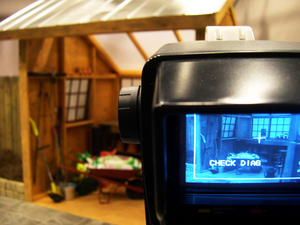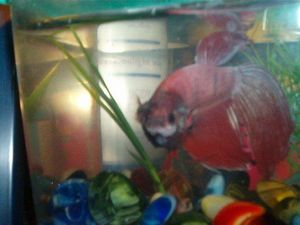I waited too long last year to buy a sleeping bag. Faced with bare shelves, I decided to try to order one online. None would have been delivered in time for my trip. The sizes were also off. I would either get too much or too little bag for my money.
Most sleeping bags are made in very few sizes. For those of us under 6 feet tall, the bags are much larger than we need. For those over 6 feet, the bags are too short. A child’s bag is far too small for me, and there are no “intermediate- sized” bags on the market.
Since I have been designing and sewing my own crafts since I was old enough to sew, I decided to make my own. I’d like to share my pattern with you. It’s not that hard.
With moderate to intermediate sewing skills, you can create your own custom bag. You can use it in most climates; the cost will depend on the amount and type of materials you choose.
Read through the directions first before beginning.
You will need:
- Tape measure or quilter’s tape measure
- Basic sewing equipment
- Quilter’s foot for sewing machine – optional
- Waterproof fabric, outdoor fabric or heavy canvas
- High- loft quilt batting or sleeping bag batting (you choose the amount you need)
- Flannel fabric for two sides
- Microfiber fabric for liner or using in place of flannel
- Marking tools
- Large safety pins
- Heavy- duty thread
- Sleeping bag zipper
- Fabric and cord to make duffel bag if desired
You can make this bag with a sewing machine or by hand.
Step One:
Take your height measurement and convert it to inches. Add 12 inches to allow you to draw the bag over your head if it is too cold outside. I am 62″ tall, so I will have a fabric length measurement of 74.”
Measure around the widest part of your body. Add 14″ to this measurement. Around my arms and chest is 43.” My total measurement for the width will be 57,” but I’ll round it to 60″ for easier handling. Using 60″ wide fabric or wider is easier for me to work with.
Step Two:
Add 5/8″ all the way around your measurements and cut out the materials.
Begin by clearing and cleaning a place on the floor or large table.
Step Three:
Lay a layer of flannel on the area. Lay the quilt or sleeping bag batting on top of the flannel. Lay another layer of flannel on top, and finish with the outer fabric.
Pin the sides together and sew three sides. Turn inside out, so the outside fabric is on one side and the flannel is on the other. Fold the edges to the inside and sew the top.
Step Four:
Lay the item down and smooth it out as flat as possible. Use the marker to map out a quilting pattern. Ensure the layers will not shift when the bag is washed.
*Note: For those who do not want to sew through the waterproof fabric, leave it off at first. Attach it during Step 6.
Step Five:
Place the safety pins alongside the markings, going all the way through the fabric layers. Quilt the layers together.
For those unfamiliar with quilting, it is the process of sewing layers of fabric together.
Step Six:
Unzip the zipper. Fold the bag over and mark the center of the bottom. Pin the end of the zipper to the bag at the bottom fold. You will be pinning the zipper to the outside of the bag. Pin the sides of the zipper to each side of the bag, one inch in from the edges. This forms a closed seam when the zipper is closed.
*Note: If you left off the waterproof fabric until now, pin it to the bag with the seams folded under. Pin the zipper over the seam and sew in place, catching the fabric and fold.
Alternatively, you can make a separate waterproof bag to place your sleeping bag in for inclement weather.
Step Seven:
Sew the zipper in place. Open and close the zipper. If it sticks, beeswax will help it open smoothly.
Make a stuff sack for your new bag, if desired.
You can make a child’s nap time sack with this pattern. Use hook and loop tape in lieu of the zipper. Decorate as desired.
For colder weather, you can make a liner from microfiber fabric. Use hook and loop tape or snaps to close it. Use two layers of fabric quilted together for extra warmth.
Your bag and liner can double as comforters or snuggly warm throw blankets for watching TV.
Source: The author of this article has over 40 years of experience in diverse forms of DIY, home improvement and repair, crafting, designing, and building furniture, outdoor projects and more.



